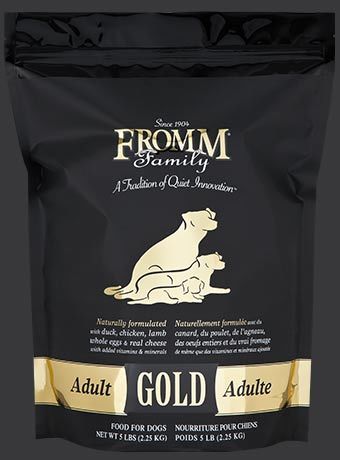Food's should also state what country they are a product of. Most people now know to avoid products made in China after several fatal incidents, the largest of which was in 2007. Products made in the USA are now widely sought after, but what does “Made in the USA” actually mean?
What it should mean: “all or virtually all." Basically, all significant products and processing that go into the product must be of US origin. That is, the product should contain no (or a negligible amount of) foreign material. Just putting together ingredients in the US is not enough. Additionally just getting ingredients from a US broker is not enough. If ingredients are imported then it is very difficult to justify the use of the phrase “made in the USA." Again, be wary of marketing ploys here that make you want to think the food is something it's not.
It is difficult to find a food made of 100% US products. For instance many 'vitamin packs' used in pet food are from China. However, an ingredient or product not being American made is not necessarily a bad thing. Virtually all lamb in pet food is from New Zealand and all rabbit from France. These countries have high food safety standards, in many cases more strict than US laws. You can even find whole foods made in Canada or Europe on the US market. You may see on a pet food label that the facility it is made in is “EU certified.” This means it is inspected under the standards of the European Union.
Nutrient Profiles
On every 'complete and balanced' bag or can of pet food there will be a statement that looks like this: "Product is formulated to meet the nutritional levels established by the AAFCO cat or dog Nutrient Profiles for:"
- Growth: This is meant for puppies, kittens or pregnant/lactating mothers. It is usually higher in fat and protein and has more calories. It is not appropriate for most adult animals as you may risk obesity or pancreatitis.
- Adult Maintenance: This food does not have the right nutrients for growing animals or pregnant/lactating mothers and should only be given to fully grown animals.
- All Life Stages: This product can be given to animals of any age, however growing animals and pregnant/lactating mothers will have to eat more of the food for proper nutrition.
That's about all there is to it! See you next week!


